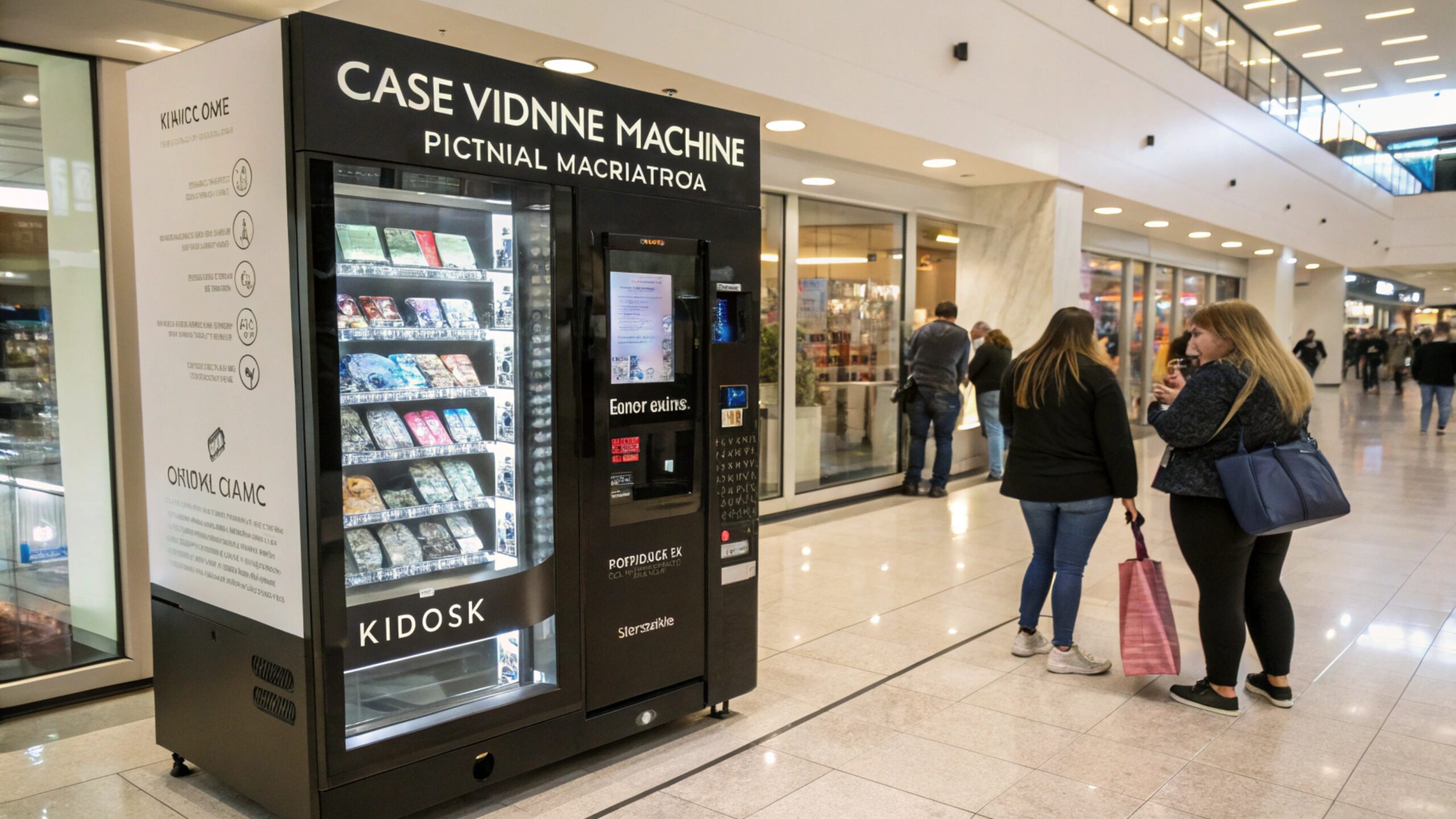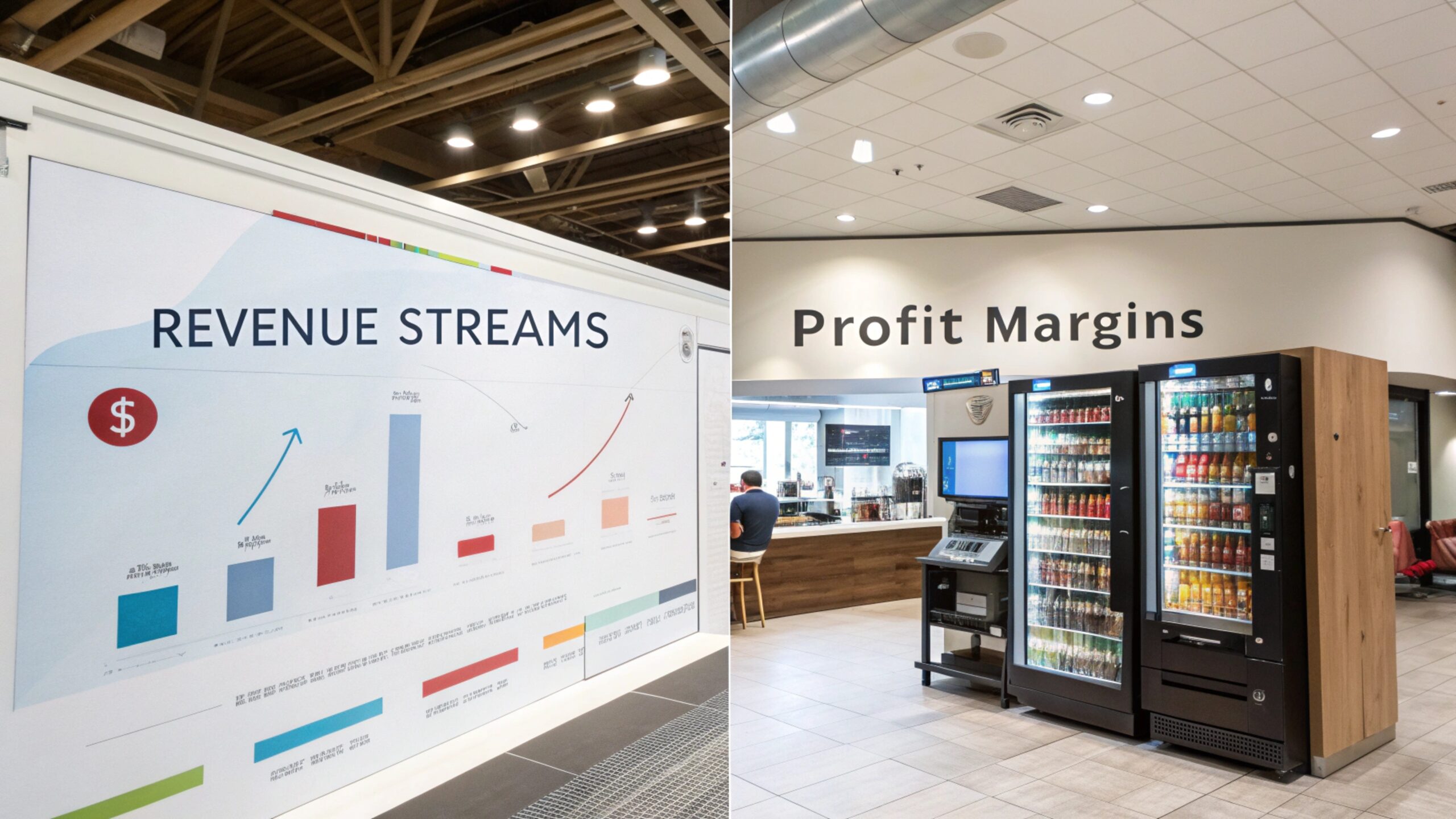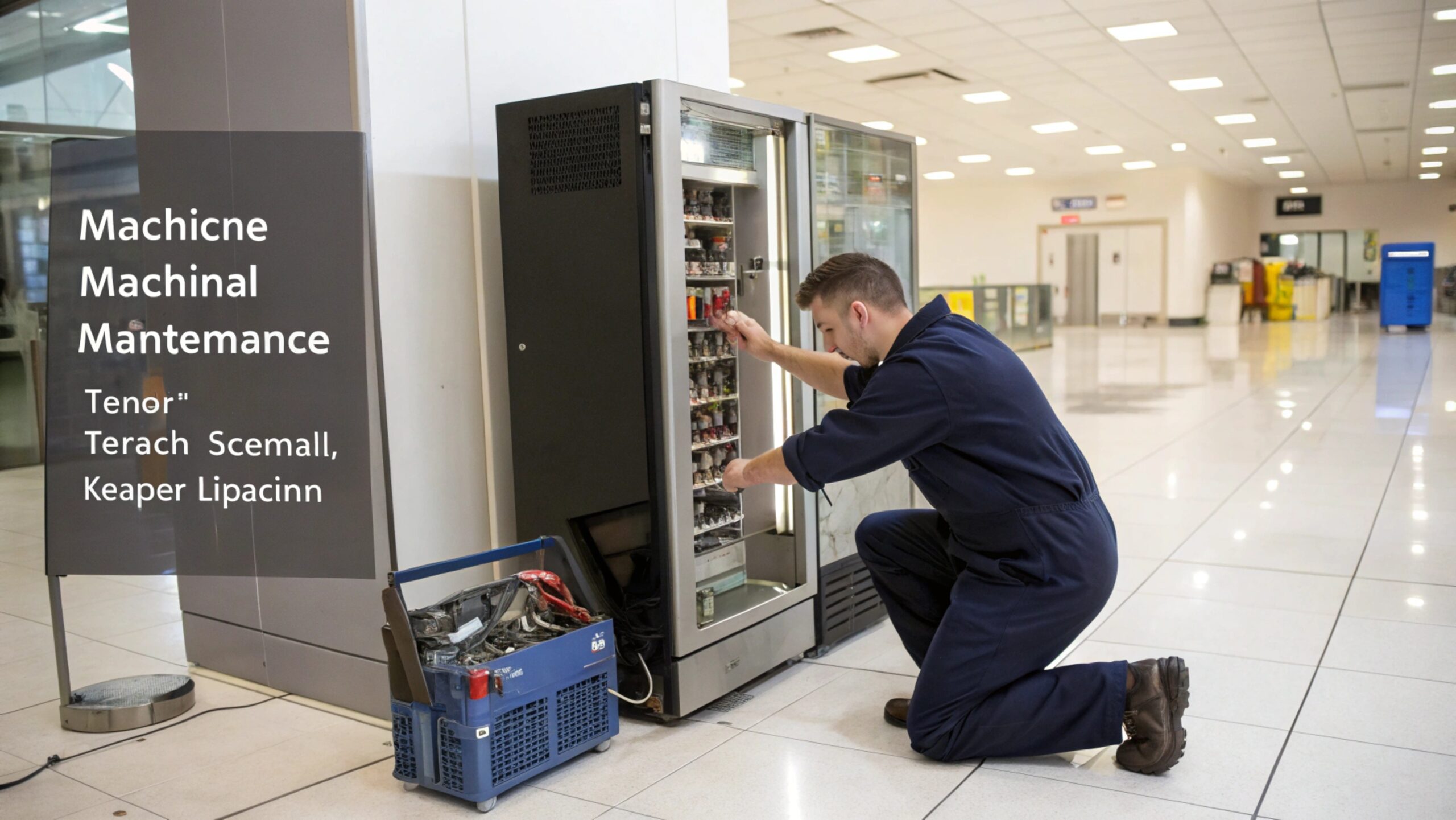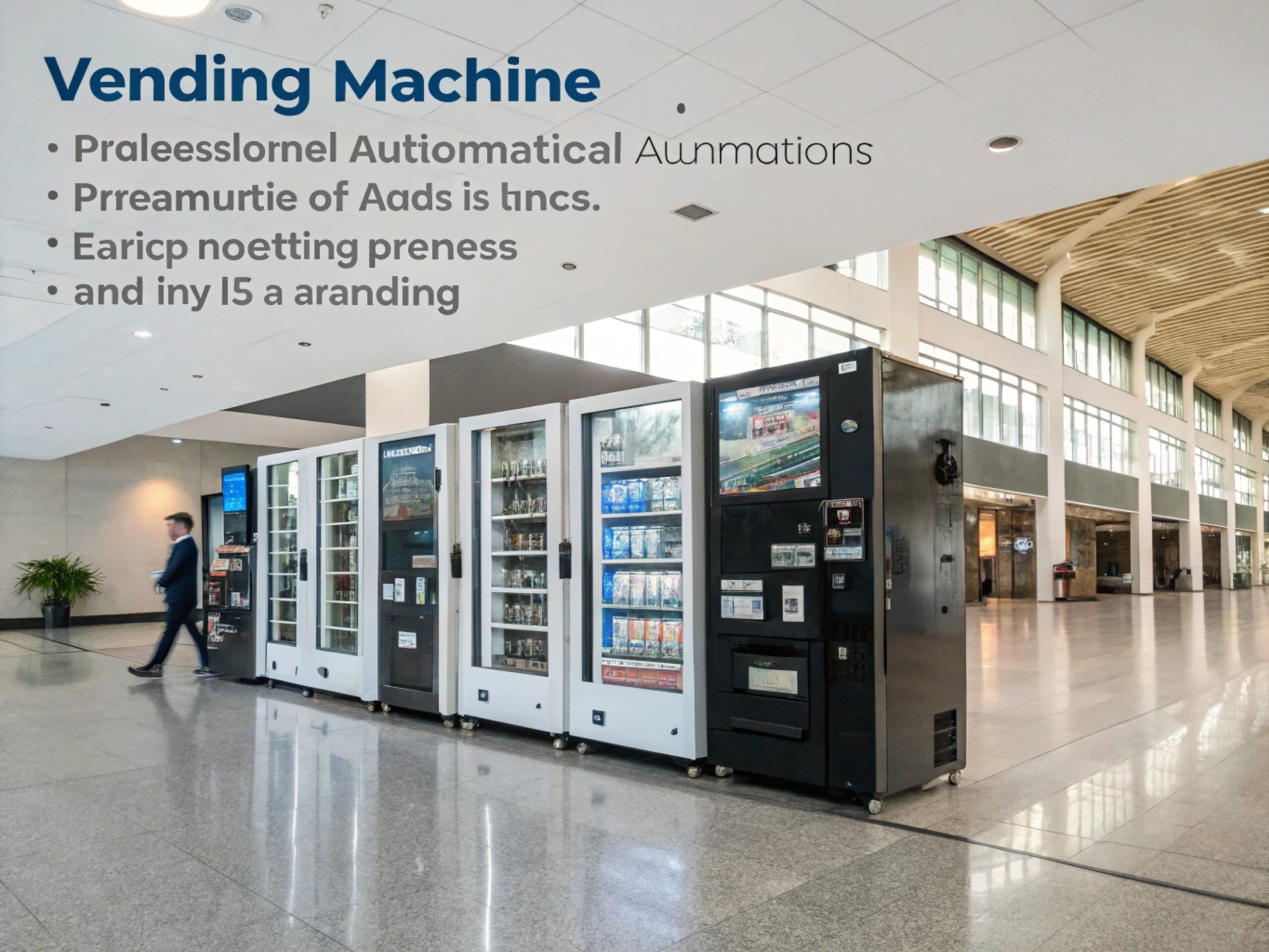
Are vending machines a good investment?
The first time I saw a phone case vending machine in a mall, I wondered - could this be my next business opportunity?
Vending machines can be excellent investments when placed in high-traffic locations, offering passive income with relatively low overhead costs. The key factors are location selection, product choice, and maintenance efficiency.

Many entrepreneurs overlook the true potential of modern vending machines. Let's examine the real numbers and practical considerations before making this investment.
How profitable is a vending machine?
I nearly dismissed vending machines until I saw one selling custom phone cases making $300 daily in an airport.
A well-placed vending machine can generate $500-$3,000 monthly profit. Phone case machines typically achieve 30-50% profit margins due to low product costs and high impulse purchase potential.

Understanding vending machine profitability
Three main factors determine your earnings:
| Factor | Impact | Typical Range |
|---|---|---|
| Location | Determines foot traffic | 50-500+ people/day |
| Product | Affects price & demand | $10-$50 items work best |
| Operating Costs | Impacts net profit | 15-35% of revenue |
The best locations combine waiting time with disposable income. Airports outperform schools because travelers have both time and money. Phone cases sell particularly well because:
- People always have phones
- Customization creates urgency
- No size/fit issues
What is a disadvantage of owning a vending machine?
My first machine broke down during holiday season, costing me $1,200 in repairs and lost sales.
Vending machines require regular maintenance and can experience technical failures. Unexpected repair costs and downtime are the most common frustrations owners face.

Many first-time owners underestimate these realities:
-
Machine Reliability
- Average 2-3 service calls/year
- Typical repair cost: $150-$500
- Remote monitoring helps but doesn't prevent all issues
-
Location Challenges
- Good spots often require contracts
- Some landlords take 10-20% commission
- Foot traffic can change unexpectedly
-
Cash Flow Reality
- 30-45 day payment terms with some locations
- Seasonal fluctuations affect sales
- Product expiration (not applicable for phone cases)
What is the most profitable item for vending machines?
After testing 12 products, I found phone cases outsold snacks 3-to-1 in our mall locations.
Customizable products like phone cases, branded merchandise, and tech accessories deliver the highest margins (40-60%). Food items typically offer just 20-30% margins.

Why phone cases outperform traditional items
Compare these typical performance metrics:
| Product Type | Avg. Price | Cost | Margin | Units Sold/Day |
|---|---|---|---|---|
| Phone Cases | $29.99 | $8 | 73% | 8-15 |
| Snacks | $2.50 | $1.25 | 50% | 30-50 |
| Drinks | $3.00 | $1.00 | 66% | 20-40 |
While snacks sell more units, phone cases win because:
- Higher absolute profit per sale ($22 vs $1.25)
- Lower restocking frequency
- No expiration dates
- Built-in customization premium
How many vending machines do you need to make a living?
When I installed my 7th machine, I finally quit my day job with $12,000 monthly profit.
Most operators need 5-10 well-placed machines to replace a full-time income. Each quality location can generate $1,500-$4,000 monthly profit after expenses.

Building a sustainable vending business
Here's the growth path I followed:
Phase 1: Testing (1-2 machines)
- 3-6 month trial period
- Identify best locations/products
- Expect $800-$2,000/month profit
Phase 2: Scaling (3-5 machines)
- Standardize operations
- Add remote monitoring
- $4,000-$8,000/month profit
Phase 3: Full-time (6-10+ machines)
- Hire part-time technician
- Negotiate bulk discounts
- $10,000-$20,000/month profit
The sweet spot is 8-12 machines managed by one person. Beyond that, you'll need staff and more complex systems.
Conclusion
Modern vending machines like phone case printers can generate substantial income when properly located and managed, typically requiring 5-10 units to replace a full-time salary.






